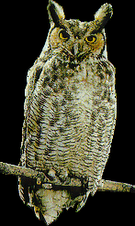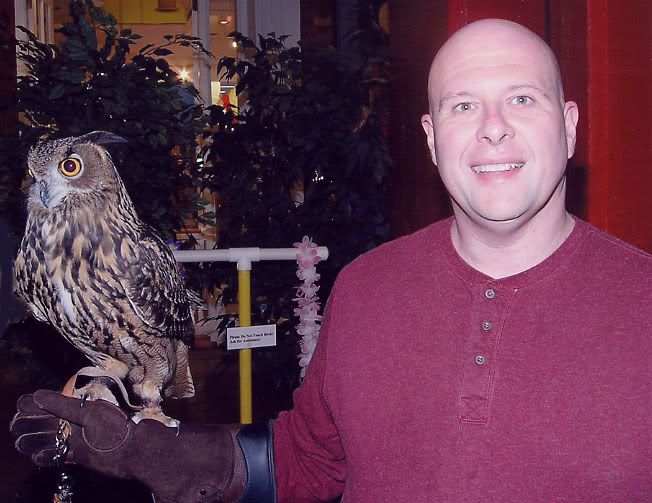
Very much a part of our popular culture from the 1920's onward, the famous roaring MGM lion (or "Leo") was never easily forgotten, at least when MGM used to produce good movies (but that's another rant). Well, in my typical fashion of wanting to know what went on behind the scenes, I was always curious about the actual lions that were picked to be filmed for the MGM logo.
Well, it turns out that over the course of MGM's existence, 6 different African lions roared their way onto movie and TV screens all over the world. The only exception was for a thankfully brief period in the late 60's, MGM showed a stylized lion graphic seen at the beginning of 2001: A Space Odyssey. People MUCH preferred the sound and fury of a real lion introducing their movies. The lions in order of appearance were:
(click on each one's name to see and hear them roar)
1) Slats (during the silent era)
2) Jackie (1926-1956, black & white pictures, and also "The Wizard of Oz")
3) Coffee (1932-1934. used for a Technicolor test film called "Roast Beef and Movies" and other Technicolor experiments)
4) Tanner 1934-1956 Used in all Technicolor MGM films and all MGM cartoons
5) Bob 1956-1957
6. Mystery Lion: This is the current lion you've familiar with, from 1957 to present.
My favorite MGM lion? None other than "Tanner" (employed from 1934-1956), pictured at the top of this post. Tanner had a thunderous roar that would blow your hair back! In addition, with his distinct dark colored mane, the way he crinkled up his snout and shook his head only further illustrated that this is one cat that meant business. You DIDN'T want to go up to him and say, "Nice Kitty, Nice Kitty". Click HERE to see and hear him roar!
Click here for even more about these very famous felines:
http://en.wikipedia.org/wiki/Mgm_lion
Herbie Hancock - Thrust
A prime slice of funky musical creativity from 1974, with Herbie playing a full assortment of electric keyboards and finding creative ways to combine rump-shaking funk with jazz improvisation and psychedelic spaciness. The 4 tracks here are catchy as a disease, rhythmicaly relentless and colorful as an impressionist painting. With help from a badass rhythm section of drummer Mike Clark and bassist Paul Jackson, Herbie paints vivid soundscapes and harmonies as multi-woodwind player Bennie Maupin weaves snaky melodies (I LOVE his bass clarinet and flute work especially) and percussionist Bill Sommers adds many exotic percussion colors. These guys really wrote the book on advanced funk studies. One thing is apparent with careful listening, what makes funk is not only what gets played (inflections, progressions and all) but equally important what DOES NOT get played. What I mean is the gaps, holes and spaces in the rhythms and such.
They just don't make 'em like this anymore.



No comments:
Post a Comment